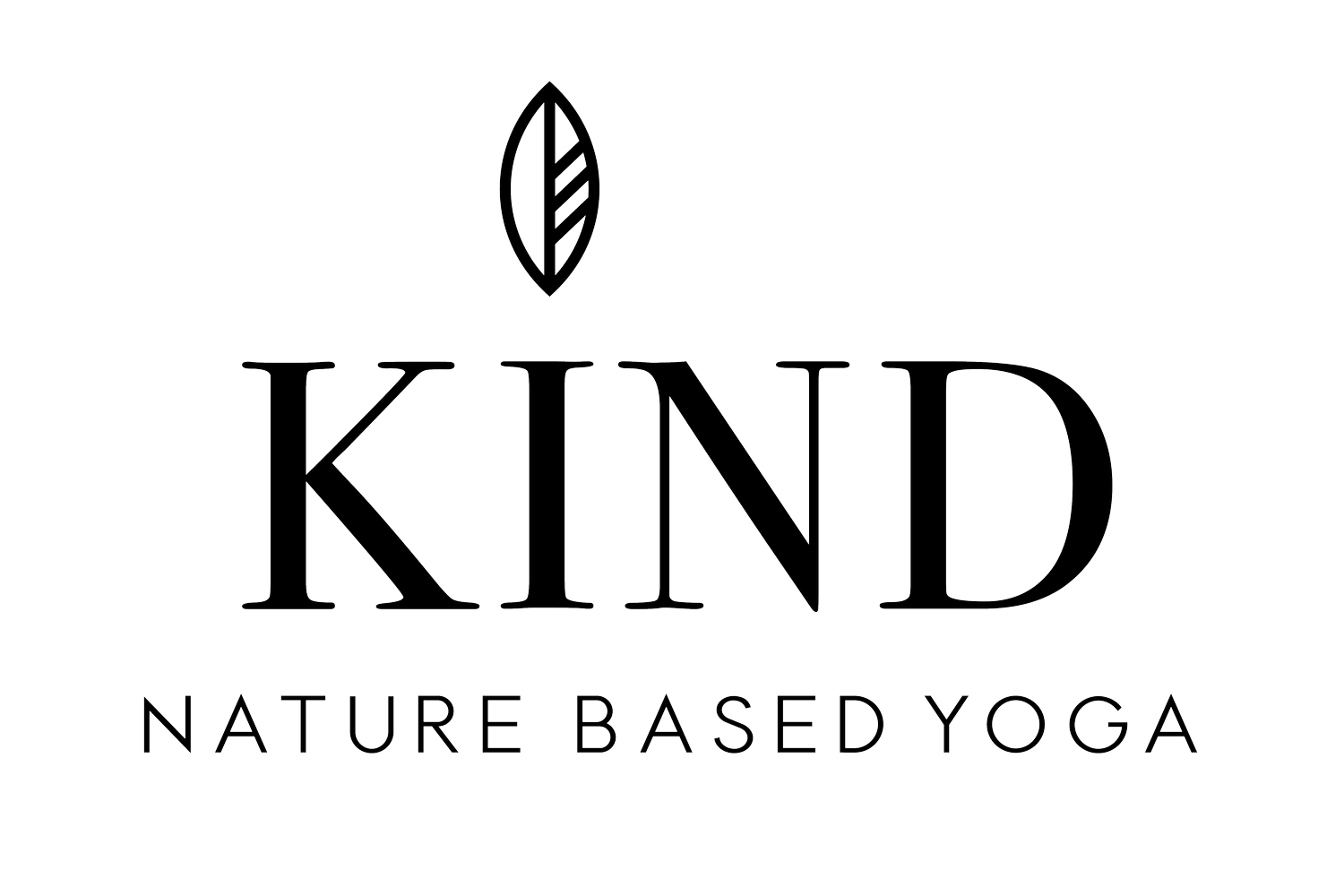Is Wellness for Everyone?
As January comes to a close, I find myself reflecting back to 4 years ago, and how the chaos of 2020 feels like a distant memory…
If the COVID-19 pandemic that elicited widespread shutdowns and forced social isolation wasn’t enough to completely erode my sanity, the impossible to ignore climate crisis marked by devastating natural disasters, and the intensifying political landscape prompting an omnipresent aggression undoubtedly tipped the scales of my mental equilibrium. To say I was beyond depleted in the psychological and emotional well-being department would be an understatement. Yet if there was any good that came out of that year, it was the long overdue, widespread protests against police brutality and systemic racism, and the conversations that were brought to the forefront as a result.
I shutter at the thought that prior to 2020 I may have insisted “I own a yoga studio, I hire BIPOC instructors, I embrace the teachings of oneness, how could I be a racist?” As if owning a yoga studio and believing the principles of yoga made me immune to racism. As a matter of fact, believing the teachings of “oneness” in yoga is not equal to embodying and actively living them out.
The fact that I can now cringe at my former self, and see the blatant ignorance in my own statements is progress that I suspect I would not have made if there weren’t the pressure to do so in 2020. White yoga studio owners and teachers were being called out from every direction and forced to acknowledge their roles in reinforcing systemic oppression.
I’m thankful that in 2020, I was forced to peel back my armour enough to see my own white fragility, tone policing of Black people, my white centered lens, my white privileges, and the countless other ways I contribute to the problem.
As a public facing business owner, it was embarrassing, frustrating, shameful, and beyond uncomfortable, and I’m deeply aware that these feelings were nothing compared to the suffering that BIPOC individuals have had to withstand day in and day out.
As a result of the Black Lives Matter movement, some small and visible progress in the Yoga and Wellness industry was made, but nearly four years later, the unresolved and underlying issues of systemic oppression in the wellness industry still smoulders and there is an eerie quiet inside me that implies I may be getting comfortable again.
A sobering study released in the Yoga Journal in 2023 reveals that North America is still not working hard enough to make wellness spaces inclusive and accessible, and the statistics make it blatantly obvious:
A demographic breakdown of who practices yoga. (Illustration: Yoga Alliance)
The majority who practice yoga in the U.S., U.K., and Germany identify as female and white.
A demographic breakdown of who practices yoga. (Illustration: Yoga Alliance)
When we narrow in on yoga teachers and studio owners the underrepresentation is evident, as the number of those who identify as Black, Hispanic, or Asian plummets to single digits, and there is zero representation of those who identify as transgender.
Lately it feels like the conversation of anti-racism and inclusivity in the wellness world has lost some momentum, and as an ally, I accept it as my own responsibility. Picking up the conversation can start with me, and I need to make this work continuous - not just the moments when I’m put on the hot seat. In 2020 I dug deep and learned about all the ways in which I was unknowingly a racist, and how to become an ally. In 2024, I am picking the shovel up again, and investigating my racism from a different angle.
This year I re-read the book called ‘Me and White Supremacy’ by Layla F. Saad, and answered the prompts from the perspective of a white privileged yoga studio owner.
Here’s where I’ve observed white supremacy in the Yoga Industry thus far:
White Centering: The overrepresentation of white people with privilege in leadership in yoga studios: In the US, 71.3% of instructors are white, 10.6% latino, 7.1% Black, and 5.4% unknown. *The statistics are likely no more hopeful in Canada
White Feminism: I recently read a book called “I Am Not a Feminist'' by Jessa Crispin and it was eye opening! The author renounced her identity as a feminist after a lengthy career as a revered feminist writer and advocate. From what I understood, Jessa critiques “lifestyle feminism”, wherein woman are fighting for equal pay and opportunity to their male counterparts in the workplace, but still within a capitalist system, which means it will always be at the expense of the collective. The capitalist system was created by white men, and in order for it to function, someone must always suffer in oppression at the bottom while those at the top gain power. When white women fight for their slice of the economic pie without acknowledging the flaws in this hierarchical system, what they’re really doing is passing off their own oppression to those below them - women of colour. Crispin argues that instead, to be a feminist should be a fight to dismantle the capitalist society, a white/male centric system that still oppresses many, and imagine a new system that doesn’t require oppression of others. I see white feminism in the yoga industry when we boast female empowerment because 86% of instructors are female, yet only 7% are black - what does this say about our feminism? Have we simply adopted the white, male capitalist system with white women at the top instead?
Cultural Appropriation: Cultural appropriation is when a dominant culture historically and/or presently has power over another culture. An indicator of a dominant culture is if there has been historical or modern day slavery, racial discrimination, land theft, genocides, ect. The benefiting culture has the power and it’s impossible to innocently claim “cultural appreciation” when we have benefited from their oppression. In 2022 practitioners of yoga spent over 21 billion dollars in the US on yoga props, yoga lifestyle related products and drop-in classes.
Goat Yoga in Los Angelos Mark Ralston, AFP/Getty Images
White people have utilized and stripped down the traditional practices of less dominant cultures for the white gaze/pleasure and monetized it, and very rarely financially compensated the culture to which the tradition belongs. Many Studio owners and teachers did not, and still have not taken accountability when called out for cultural appropriation during the pandemic. Goat yoga, weed/beer yoga, smudging with sage, cacao ceremonies, apparel with sanskrit terms etc are all examples of cultural appropriation in the yoga industry. (If you’re still confused, consider doing some of your own research.)
It took me a long time to understand how these seemingly “harmless” forms of yoga were perpetuating white power and disrespect. Think of it this way: Indigenous peoples were historically prohibited from using their language and spiritual practice by white people, so when a white person is being paid to teach a yoga class and facilitates a smudging or cacao ceremony without having come from the culture’s tradition, or without having respectfully asked permission and shared extensively on the history of the tradition giving credit, they are using this practice for their own monetary and career benefit. (A quick google search on the history of Cacao ceremonies is not enough to respectfully teach and execute it as if we know it.)
Gaslighting: When the Black Lives Matter movement was brought to the forefront, many white studios and teachers took the “all lives matter” stance, claiming that yoga is and always has been “one love,” twisting the Hindu philosophies that “I am you and you are me” while ignoring that our interconnectedness lacks equity and does not equate equality. We completely gaslit and disregarded the pain and suffering of BIPOC individuals within our community.
Cultural Erasure: Historically, settlers were predominantly Christian, and viewed yogic philosophy and eastern religions as evil/bad. White people diluted yoga to fit their comfort by practicing it as a form of “exercise” and erasing the spirituality. This is one reason why yoga was completely derailed from it’s roots and became a fitness fad for white middle/upper class women for burning the calories they just consumed in their non-fat vanilla almond latte.
White Superiority in Science: While the empirical research method has been revolutionary in modern science, it also came with the problem of affirming and valuing European science standards over other cultures’ education or research, and even claiming their research as less advanced or civilized. This happens frequently in the yoga industry! White people refused to accept the benefits of yoga and mindfulness as a legitimate medicine until it was “proven” and backed by western science methods. Now, many of the scientists who have completed western empirical studies on mindfulness receive credit for their findings, despite the fact that centuries of long term observations have already been collected by those in which the traditions originally belonged to. This is an example of white centric views - it wasn’t truth until we proved it true from our own lens of what truth looks like.
A look at our studios:
Our Markham studio location slowly evolved into a beautifully diverse community of students and teachers of all representations, yet our Squamish studio lacks BIPOC representation. I could use the excuse that small town Squamish (predominantly white) in general lacks diversity, but that’s a cop out. So I continue to offer scholarships to BIPOC individuals in our YTT, that will hopefully lead to job opportunities for BIPOC instructors, and incorporate anti-racism work into our curriculums, to shift the lens in which I see the world from a white centric perspective.
I also question why we see a lack of BIPOC individuals in yoga spaces, and asses who is missing and do market research. What are the invisible barriers? Are we only offering our services from a white centric lens? How do BIPOC individuals want to engage with the practice? A conversation is needed here.
Lastly, I reduced our membership rates significantly this year. I can’t count how many times I’ve heard the comment “yoga is for rich, white women.” The unacceptable wage gap between white and BIPOC individuals due to intentional barriers imposed by white people on BIPOC individuals makes it significantly harder to access the resources necessary for them to get ahead. I am so passionate about our studio being welcoming to all individuals, and if I truly believe it, my actions need to follow in alignment. This meant lowering our membership rates in the hopes that our services would be an accessible resource to a larger demographic of individuals.
I’m doing my best to learn from my mistakes and failures, but not knowing the areas I cause harm can be even more dangerous and harmful to others. Prior to 2020, I was blind to my own biases, and I’m so thankful I learned they can shift by intentionally exposing ourselves to other voices and perspectives.
Listening to podcasts, reading books and watching movies from BIPOC voices has enriched my life, and expanded how I experience the world within and around me. I’ve slowly been decolonizing my mind to break down the capitalist, individualistic, opportunistic, competitive, and unsustainable mindsets that continue to cause harm to humanity.
Wellness should be for everyone, and there is so much to be gained from a studio that represents a wide range of backgrounds, ethnicities, and sexual and gender orientations. Diversity opens us up to unexplored ways of thinking and living, and encourages a multi-dimensional perspective on life - it’s truly a more spacious, liberated and refreshing existence!
The progress feels slow, and the data confronts us with the sobering truth that we’ve got a long ways to go, but I have hope in the possibilities of more inclusive yoga spaces for all, and I am committed to doing the hard work to get there.








